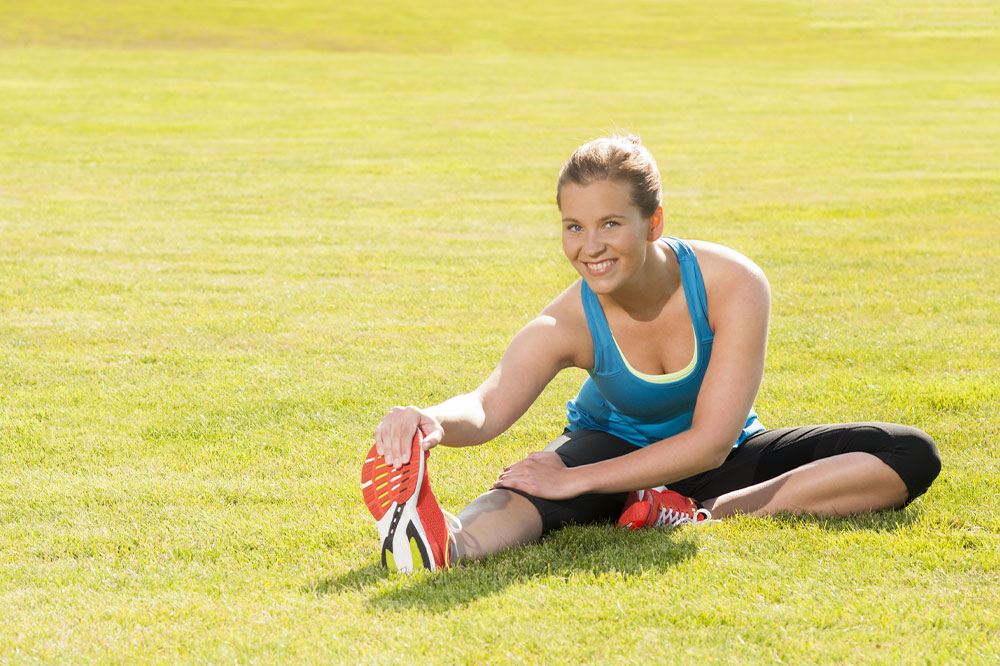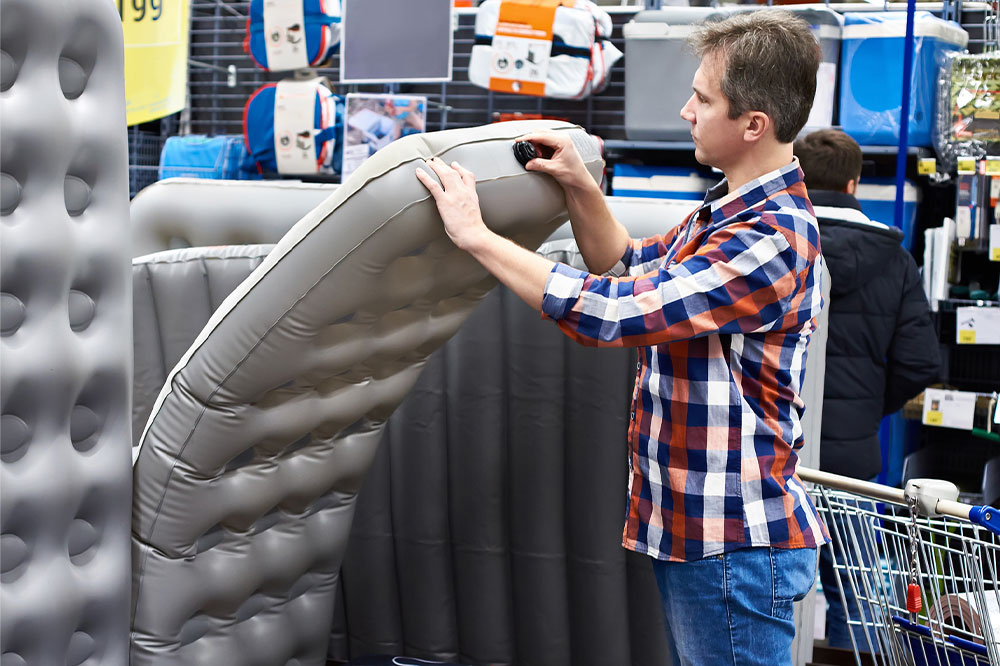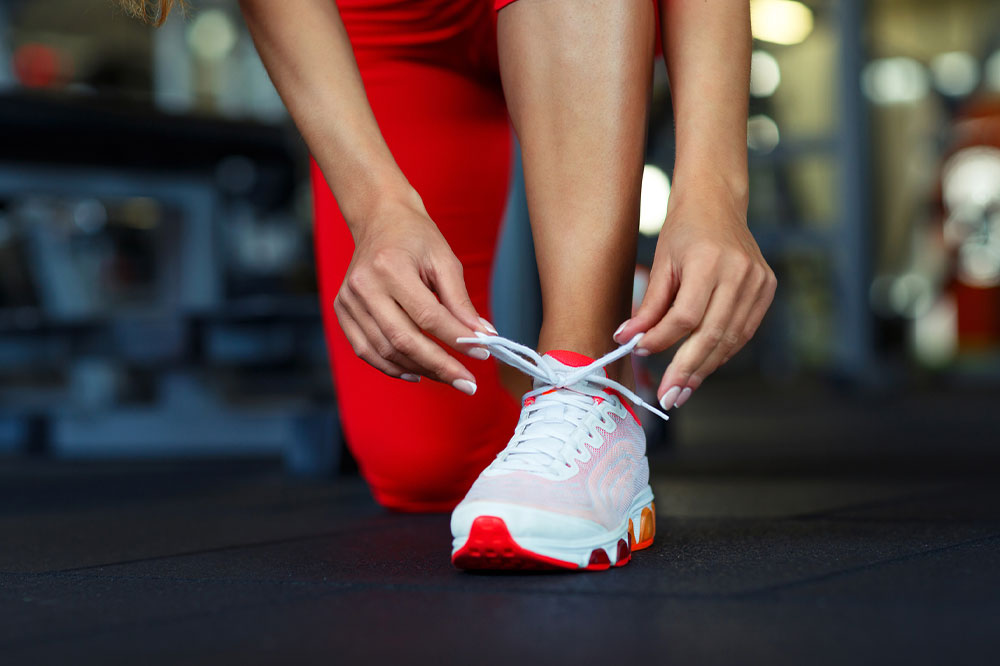Effective techniques to maintain joint health

Joints play a crucial role in one’s daily life, allowing one to move, bend, and stay active. As one ages, taking care of the joints becomes important to maintain mobility and prevent joint issues. However, things like posture and physical routine can also negatively impact joint health and mobility range. Whether you are a young adult or a senior, incorporating techniques to promote joint health early on can make a significant difference in your overall well-being.
Maintain a daily exercise regime
The easiest and most effective way to maintain healthy joints is by following a regular exercise routine. Activities like walking, cycling, swimming, and similar exercises can help strengthen the muscles that support the joints. Routine exercise can reduce the stress that is being put on the joints and keep the bones healthy. Incorporate flexibility exercises like yoga and stretching to improve joint mobility and reduce stiffness. Aim for at least 150 minutes of moderate-intensity aerobic activity or 75 minutes of vigorous-intensity activity per week, as recommended by health experts.
Use protective gear
If you are someone who often engages in physically demanding activities or sports, this technique is going to be of immense help. It is essential to protect your bones and ligaments from injuries when you are busy participating in grueling training and activities. Use proper protective gear, such as knee pads, wrist guards, and elbow braces, to shield your joints from impact and stress. Avoid overexerting your body and listen to its signals to prevent strains and sprains.
Keep moving
With work-from-home jobs and smart devices in hand, most of the population is stuck in the same position for hours. This can have an undesirable and lasting impact on the body. Maintaining a position for long periods can put extensive strain on the joints. This can affect one’s back, neck, hips, and knees. Take breaks to stretch and move around throughout the day. If you have a desk job, consider using a standing desk or an ergonomic chair to maintain better posture.
Warm-up routine
Always warm up before exercise and cool down after the session. Gentle stretching and warm-up exercises increase blood flow to the muscles and joints, reducing the risk of injury. Cooling down after exercise helps relax the muscles and prevents stiffness. However, some might advise against stretching before specific exercises. Speak to your doctor and the trainer about the right routine and approach to keep your joints protected.
Work on the posture
Maintaining good posture is essential for joint health, particularly in the spine and neck. Be mindful of your posture when sitting, standing, and walking. Avoid slouching and keep your shoulders back and relaxed. Use supportive chairs and pillows to maintain a neutral spine position while sitting or sleeping.
Limit caffeine intake
There are numerous reasons why you should limit caffeine intake in a day. Sadly, one of the reasons is that your favorite cup of joe can have adverse effects on the joints. Caffeine in the form of coffee, sodas, energy drinks, and more can wreak havoc in your body. Studies have shown a profound impact on bone health for those who heavily rely on caffeinated beverages.
Hydrate regularly
Proper hydration is crucial for joint health. Water helps lubricate the joints and reduce friction, promoting smooth movement. Aim to drink at least eight glasses of water per day, and more if you are physically active or in hot weather.
Listen to your body
Pay attention to any discomfort, pain, or stiffness in your joints. If you experience persistent joint pain or swelling, consult a healthcare professional for a proper diagnosis and treatment. Early intervention can prevent joint problems from worsening.
Get regular health check-ups
Regular check-ups with your healthcare provider can help identify and address any potential joint issues early on. They can provide guidance on maintaining joint health and recommend appropriate treatments if needed.
Practice strength training
Incorporate strength training exercises into your routine to build muscle mass and support joint stability. Focus on exercises that target the major muscle groups, such as squats, lunges, and leg presses, to enhance joint function and reduce the risk of injuries.
Use joint-friendly equipment
When exercising or participating in physical activities, consider using joint-friendly equipment like elliptical machines, which offer a low-impact workout that puts less stress on the joints compared to running on hard surfaces.
Apply heat and cold therapy
Heat therapy, such as warm compresses or heating pads, can help soothe joint pain and stiffness. Cold therapy, using ice packs, can reduce inflammation and provide relief from swollen joints. Alternate between the two for maximum benefit.






